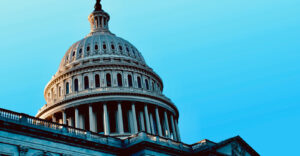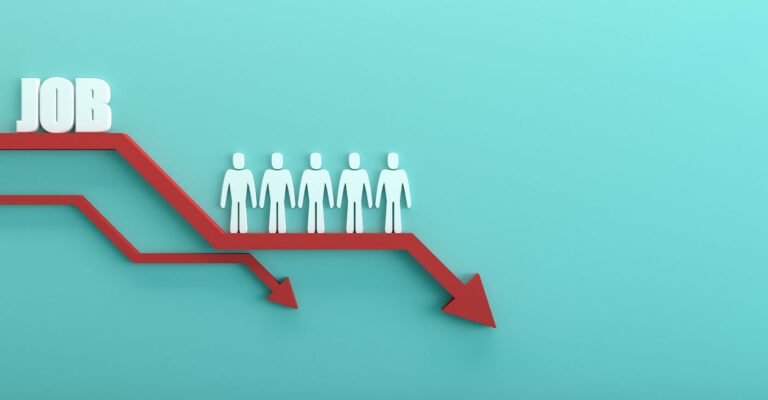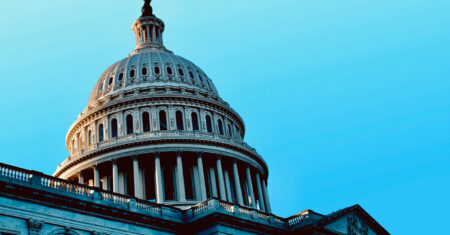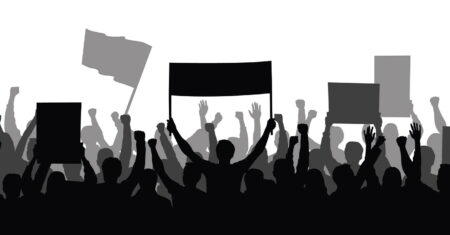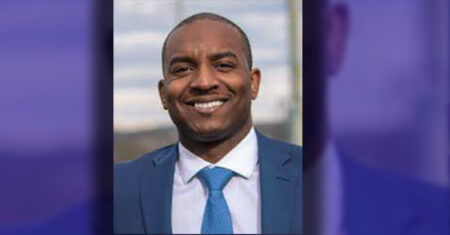By Stacy M. Brown
Black Press USA Senior National Correspondent
With the federal government shutdown grinding on, the nation’s economic picture is collapsing into silence and uncertainty. For the first time in decades, there is no official monthly employment report from the U.S. Bureau of Labor Statistics — the same agency many now say can no longer be trusted after the White House moved to control its data release following a weak jobs report earlier this year. In the vacuum, private firms have stepped forward with independent analyses that show the country losing jobs and faith at the same time.
ADP’s National Employment Report found that private-sector employers shed 32,000 jobs in September, reversing the modest gains of the summer. Annual pay for job-stayers rose 4.5 percent, showing that wages are inching up even as hiring slows. “Despite the strong economic growth we saw in the second quarter, this month’s release further validates what we’ve been seeing in the labor market — that U.S. employers have been cautious with hiring,” said Dr. Nela Richardson, ADP’s chief economist. The ADP data showed the heaviest losses in manufacturing, construction, and professional services, with small and medium-sized companies suffering the steepest cuts. The Midwest lost 63,000 jobs, and gains in the West could not offset the slide.
Bank of America’s Institute Employment Report reinforced that picture, finding “a continued cooling of the labor market.” Its data showed a 10 percent year-over-year rise in unemployment payments made to customer accounts, nearly double the most recent increase reported by the government before the shutdown. Lower-income workers continue to trail others, with after-tax wage growth of just 1.4 percent compared with 4.0 percent for higher-income households.
Goldman Sachs produced its own estimate after the Labor Department was forced to halt publication. The investment bank calculated that initial claims for unemployment benefits rose to 224,000 in the week ending September 27, up from 218,000 a week earlier. The number of people receiving benefits slipped slightly to 1.91 million, using state-level data and seasonal adjustments that were pre-released before the shutdown. Reuters reported that the Chicago Federal Reserve used private “real-time” indicators to estimate the national unemployment rate at 4.3 percent, though without federal verification, that figure is uncertain.
Global investment firm Carlyle also stepped in, releasing its own economic indicators drawn from its portfolio of 277 companies and nearly 730,000 employees. Carlyle estimated that U.S. employers added only 17,000 jobs in September and that real private residential construction spending declined 2.5 percent, even as business investment rose 4.8 percent, driven by technology and artificial intelligence projects. “Corporate spending, particularly in technology and AI infrastructure, continues to power growth while household consumption ends the quarter on a high note,” said Jason Thomas, Carlyle’s Head of Global Research and Investment Strategy.
A newly revealed memo from the Office of Management and Budget claims that federal workers forced into furlough during the ongoing shutdown may not receive back pay once the ordeal ends. In open defiance of the law, the administration argues that the 2019 Government Employee Fair Treatment Act does not automatically guarantee wages to workers sent home or ordered to labor without compensation. The government that once promised fairness has now declared that those who serve it may be discarded. This is not confusion. It is control. Mark Paoletta, the administration’s top lawyer at the budget office, wrote that Congress must pass new legislation to authorize those payments. His reasoning is what one former Republican official called “clearly against its intent.” In other words, the government rewrote the law to justify punishing the very people who keep it running.
President Trump offered no compassion, only contempt. “It depends on who we’re talking about,” he said when asked if furloughed workers would receive back pay. “There are some people who really don’t deserve to be taken care of, and we’ll take care of them in a different way.” Those words echo not from a leader, but from a ruler measuring human worth as though it were a currency. Across the country, millions now live the consequences of those words. Families of federal workers stare at empty refrigerators — the most recent estimate revealed that more than 49,000 District residents, or 13 percent, are federally employed — and rent notices pile up. CNN reported that many workers will receive smaller paychecks this week, the last they may see until the shutdown ends. What kind of democracy weaponizes hunger against its own citizens?
The administration’s defiance also contradicts its own Office of Personnel Management, which stated that “employees who were furloughed as a result of the lapse will receive retroactive pay for those furlough periods” once the shutdown ends. But this White House does not deal in law; it deals in loyalty. It rewards obedience and punishes dissent. It governs by threat and humiliation. And as the government remains closed and official data suppressed, America’s workers — both public and private — are left to piece together their own picture of a country in economic and moral decline.

